
If you’ve read some of my previous posts or tweets you will know that my boys like to have a theme for their school holidays. Robot Week being our favourite so far; we also had a Dinosaur theme back in May (which I have yet to blog about!). Over the summer we decided to cover an environmental theme, called Happy Earth, knowing this would provide a lot of interesting STEM content as well as tackling real world issues. I’ve broken it down into the five weeks of the school holidays so we have a different sub-theme each week. In the first week we looked at issues relating to wildlife, both local and further afield and last week we tackled waste (I’ll write up a separate post on this). Here’s a breakdown of the topics we will have covered by the end of the summer holiday:
- Week 1 – Wildlife
- Week 2 – Waste
- Week 3 – Food
- Week 4 – Energy
- Week 5 – The Oceans
I introduced the theme by giving an overview of the Global Goals using the following video:
We began our Wildlife Week by building a micro:bit bird counter, to enable us to keep track of the number of birds around our local lake. The children helped to construct a container to house the micro:bit, wires and buttons using their junk-modelling skills. As their reading skills are still quite limited I did most of the programming then talked them through what the code blocks were doing. The boys enjoyed taking their device out to our local lake and using it to record the number of each type of bird found. To our surprise the swans were missing, we probably wouldn’t have noticed had we not been tracking them, so we’re hoping to visit again to see if we can find them and check they’re doing okay. One feature we added to our code blocks was some audio feedback so you can hear when a button press has been recorded, without this it was difficult to know it was working, especially when the micro:bit was hidden inside the container. (In hindsight, a larger container with a see-through panel would have been better).
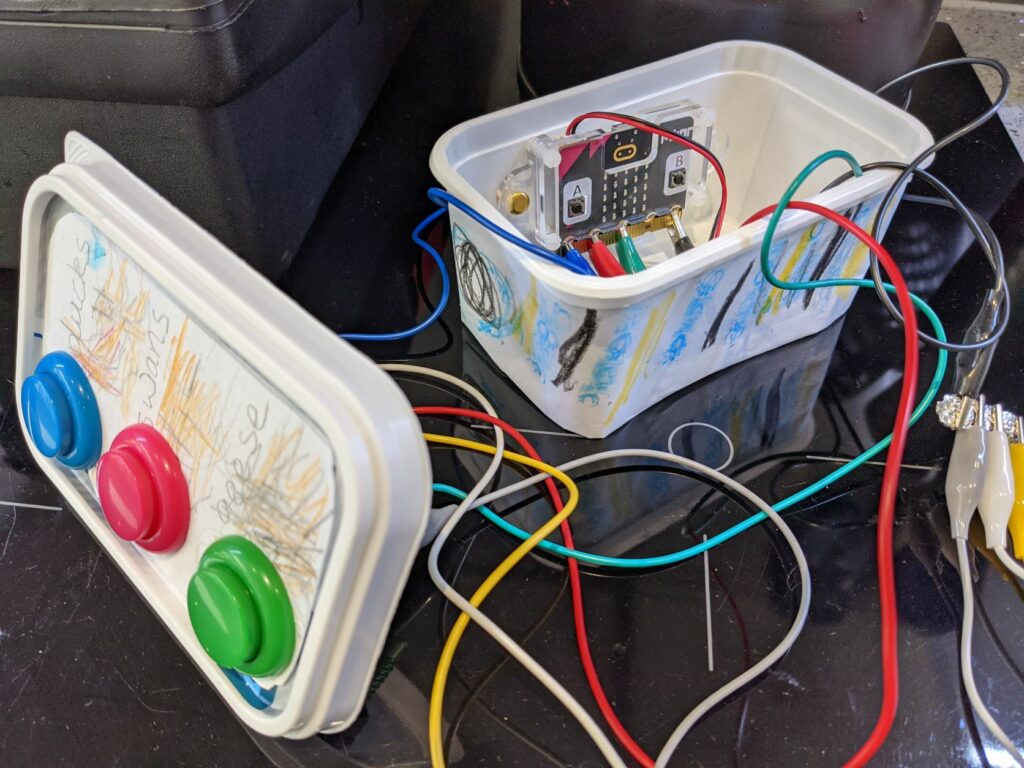
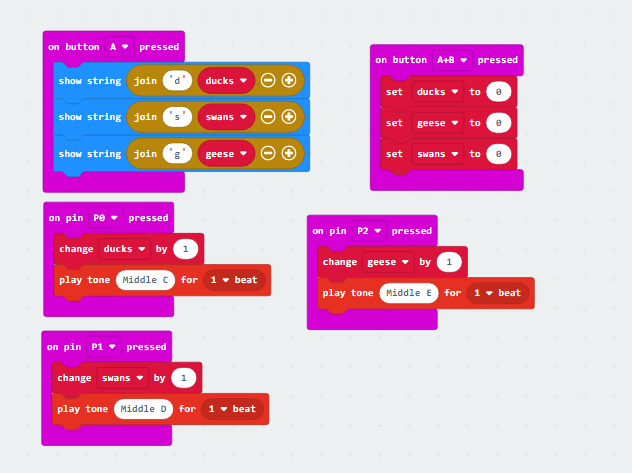
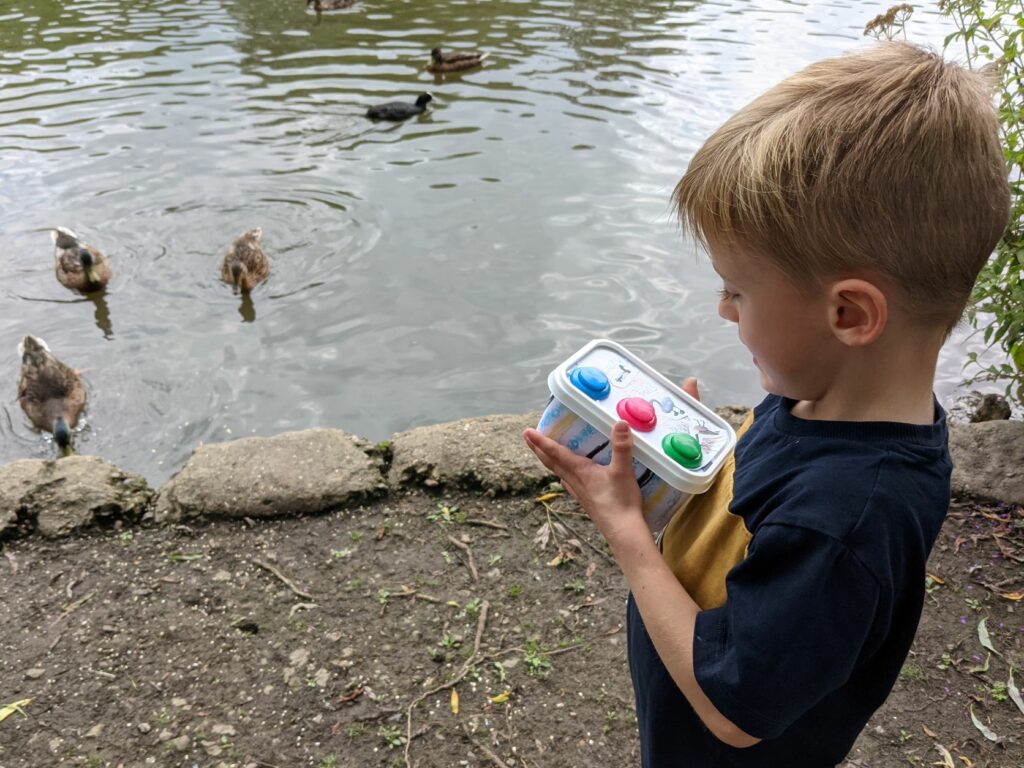
When we got home my 5-year-old was keen to record the numbers found, first with building blocks, which I then helped him to translate into a barchart (he loves number representations). He then extended his graphing skills and made another barchart on his own to represent monsters!
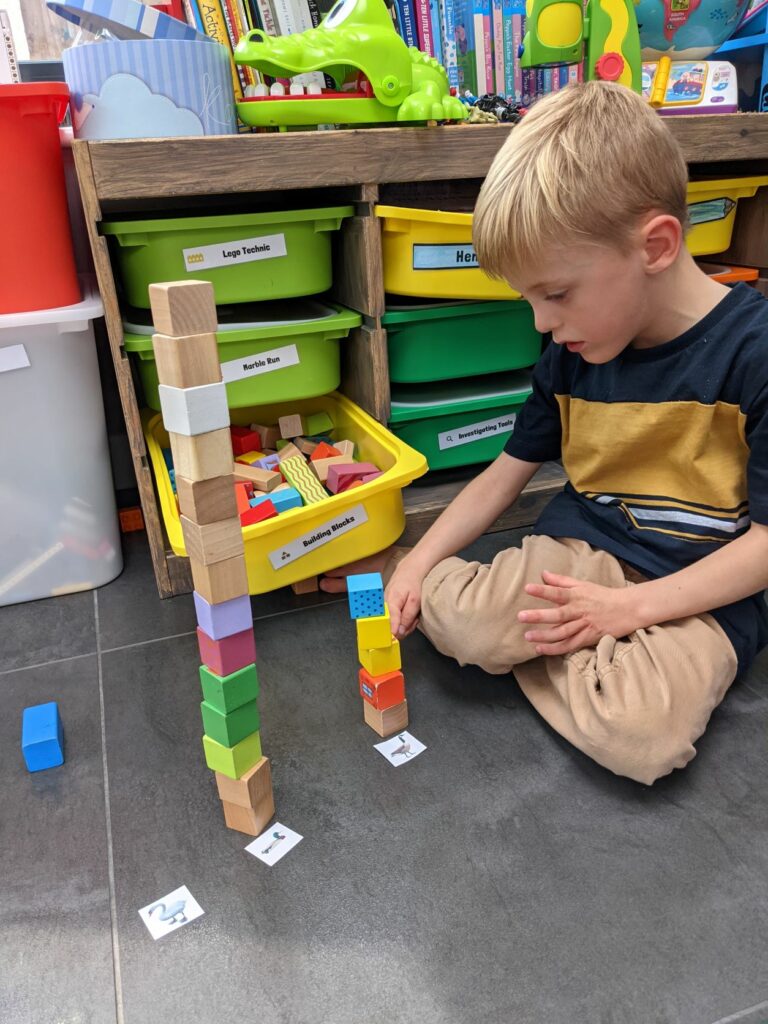
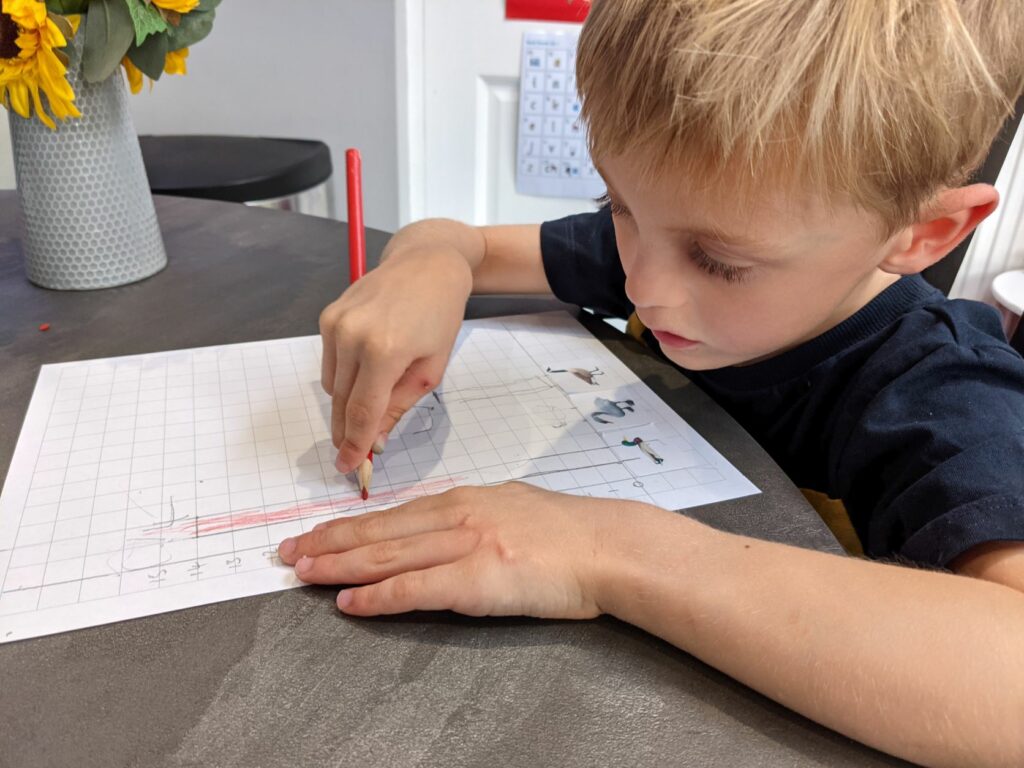
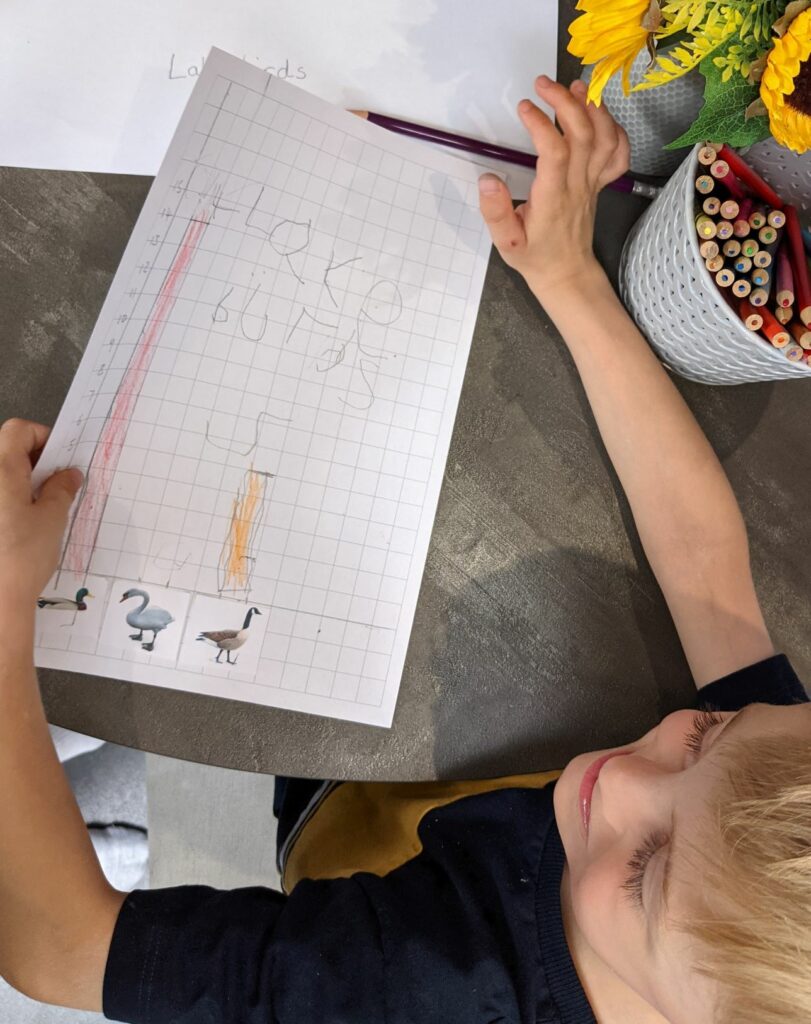
Our Wildlife Week momentum continued the following day by building a bug hotel and visiting the local nursery to buy and plant some bee and butterfly friendly flowers to create our own little pollinator garden.
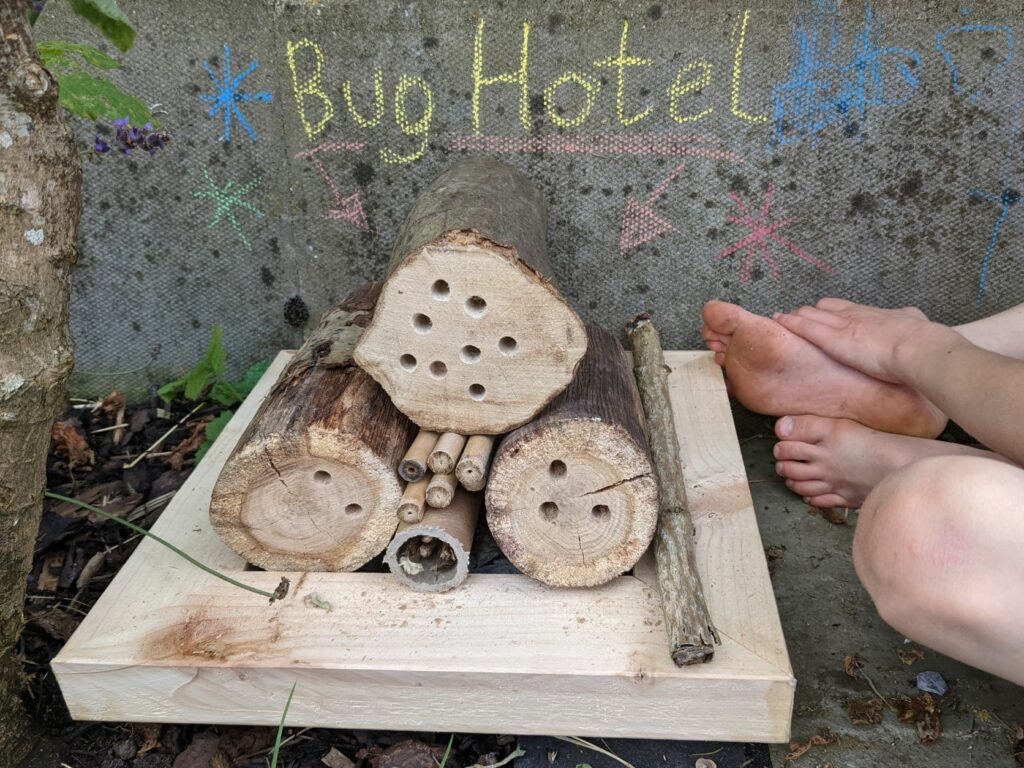
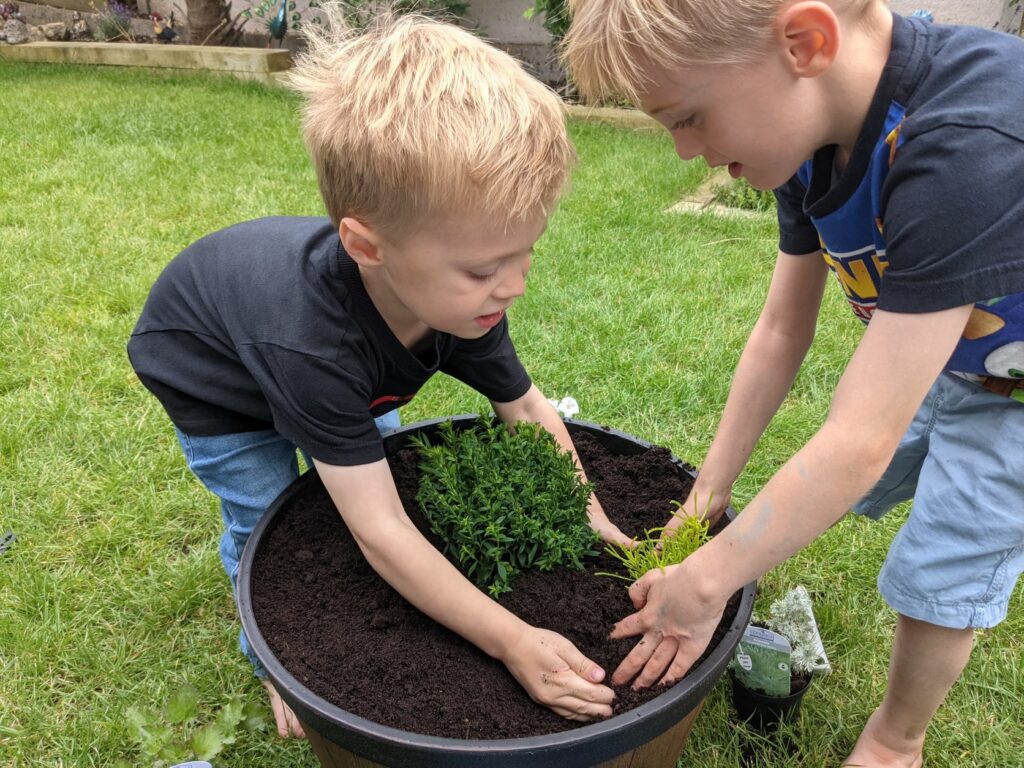
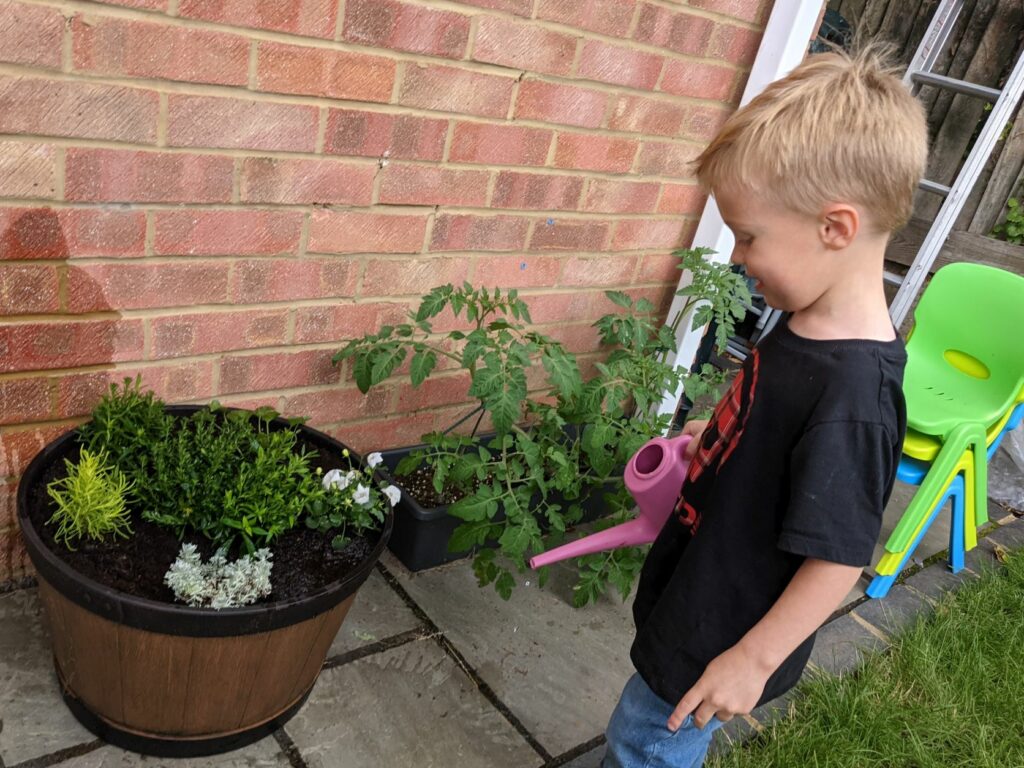
Later in the week, after discussing deforestation, my oldest son planned an animation for us to make together, featuring orangutans losing their home to deforestation, he had the great idea of making the trees reappear at the end of the video and it having a happy ending! As this was a stop-frame animation we were able to simply play the first frames in reverse to make the trees reappear and orangutans happy, this was quite lucky as trying to keep a 5-year-old on track with only moving the pictures a tiny bit between frames was a little challenging, meanwhile my 3-year-old was crying because his orangutan was sad that the trees had been chopped down! We used Stop Motion Studio to create the animation, which is a very accessible app for young children to use but also has some more advanced features for grown-ups and older children to tweak timings. It also features a wide range of sound effects and music which my boys particularly like to explore. here’s our final video:
Another activity the boys enjoyed was developing a Happy Earth area within our family Minecraft world, we started a forest with each of us building our own trees (some were quite interestingly shaped!) and planting saplings. We then created a bee garden by choosing our favourite virtual flowers to plant before spawning bees and building hives.
We concluded our wildlife week with a visit from Grandad who had prepared a variety of natural resources to help the boys build their own squirrel and bird feeder for the garden, they really enjoyed putting all the pieces together and even managed to hammer some of the nails and learnt how to use a screwdriver.
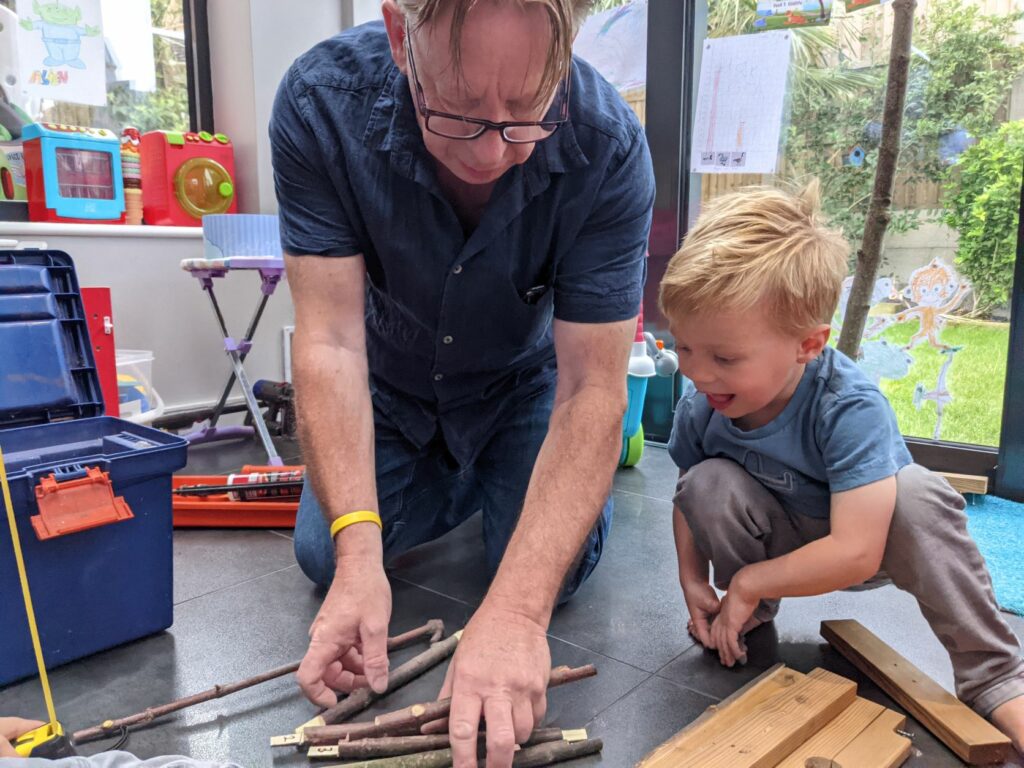
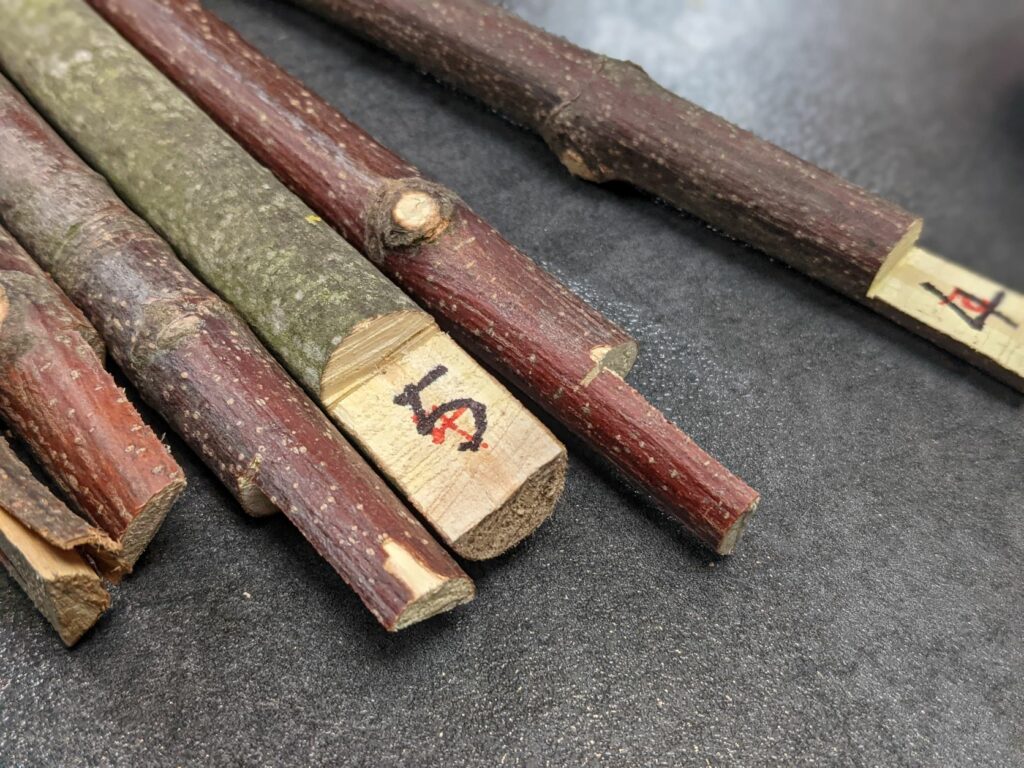
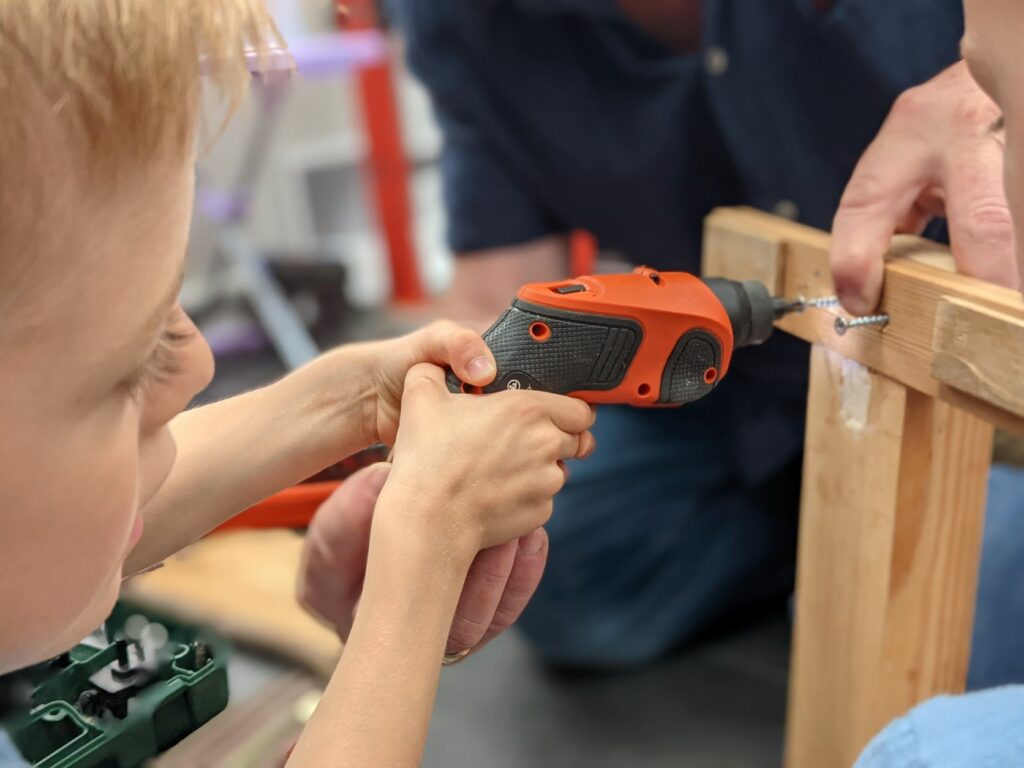
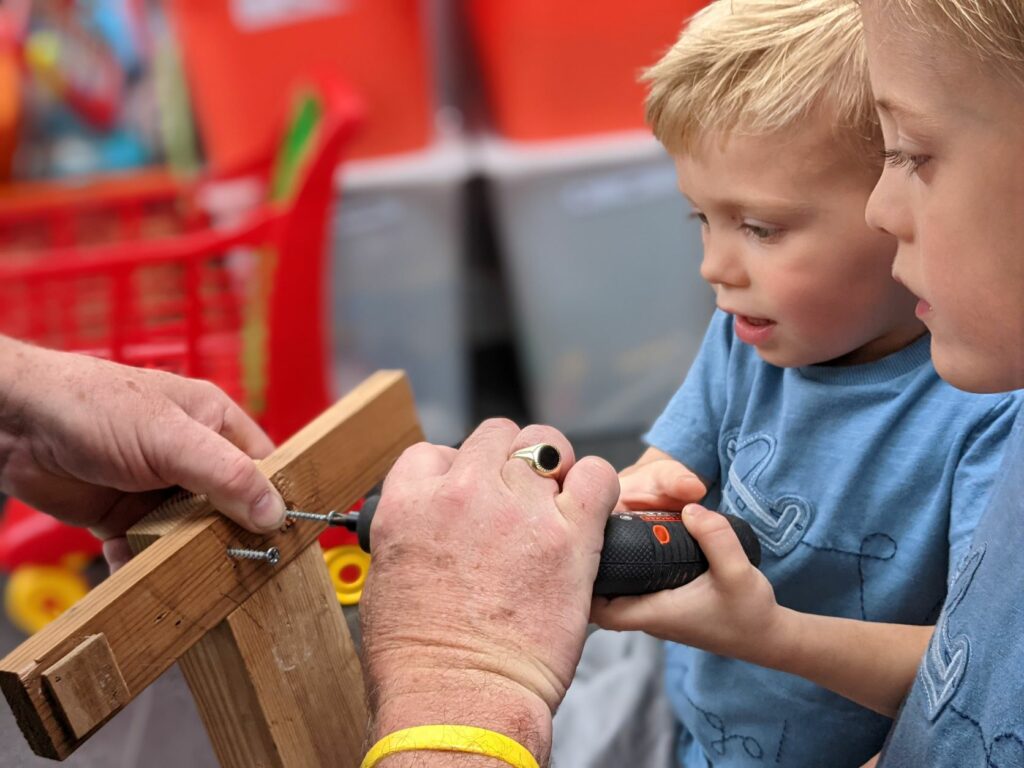
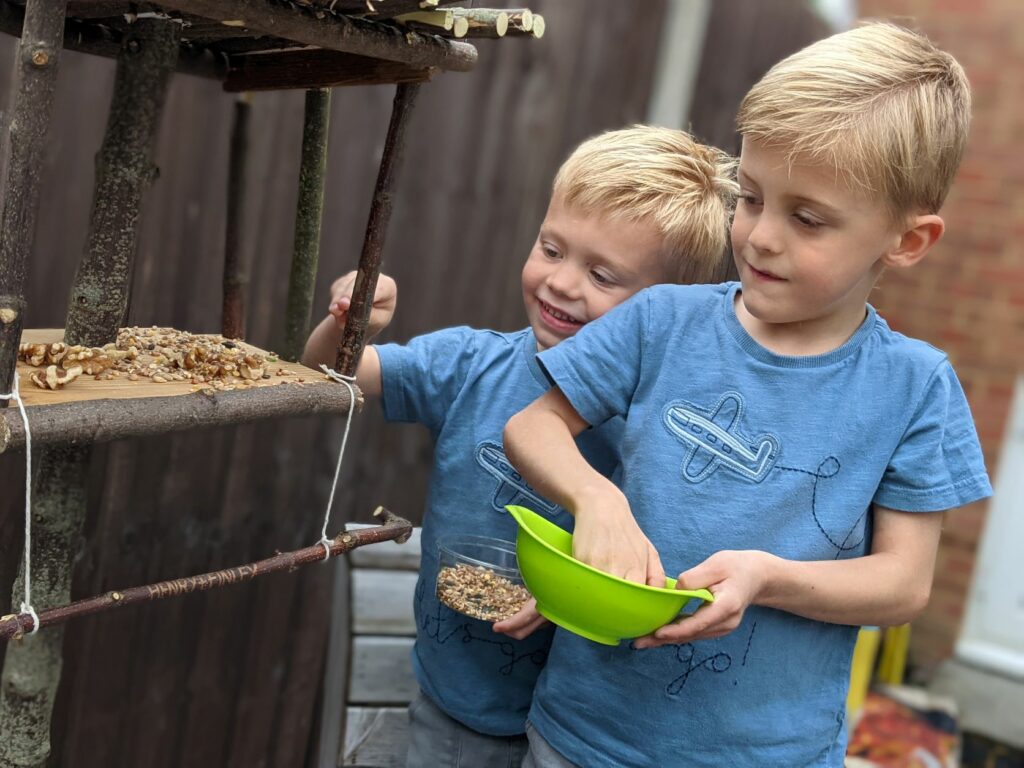
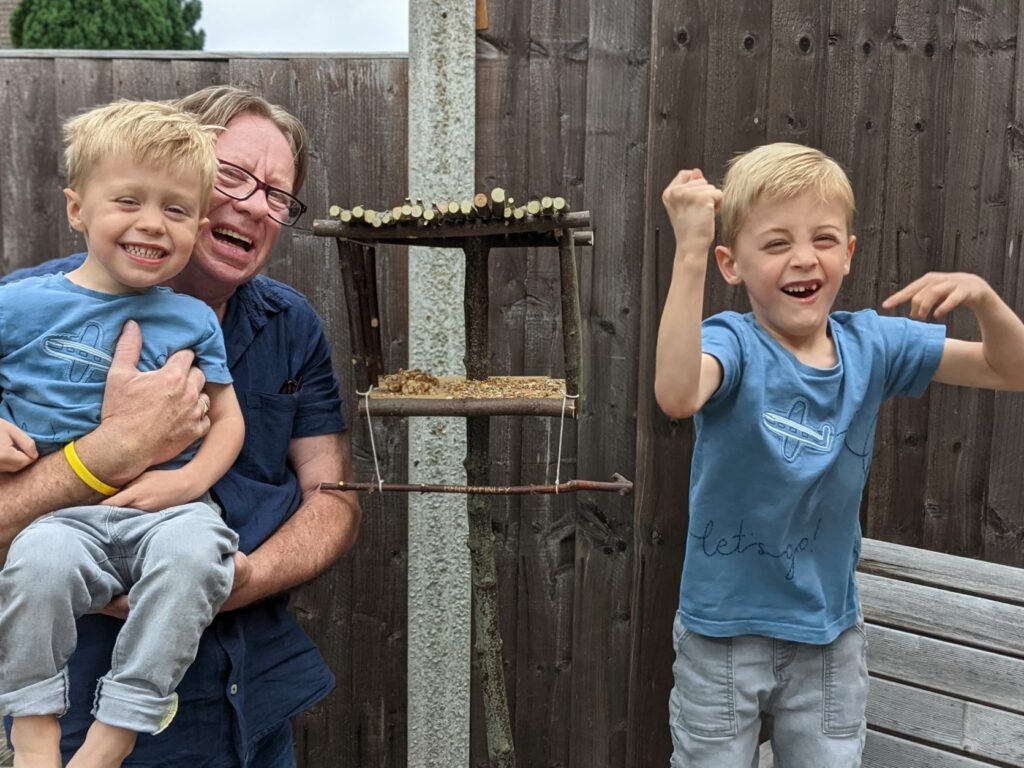
We ran out of time to complete our local wildlife tracking using the Seek app due to the weather but managed to get out for a walk the following week and used my mobile phone to scan and identify some local flowers and trees. This app feeds into a global database by iNaturalist so is very useful for tracking and monitoring wildlife across the world.
We also squeezed in a trip to the zoo at the end of the week where we were able to learn more about animal habitats and even spotted some more bug hotels!
Here is an overview of our Wildlife Week challenges.
I’m aiming to blog about each of our themed weeks so stay tuned to hear about our activities relating to waste.
